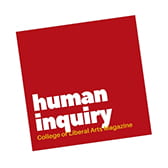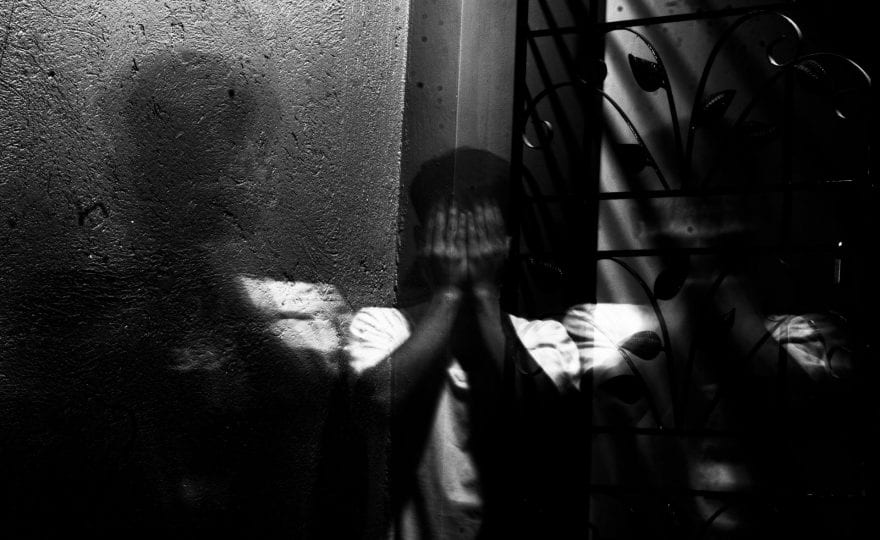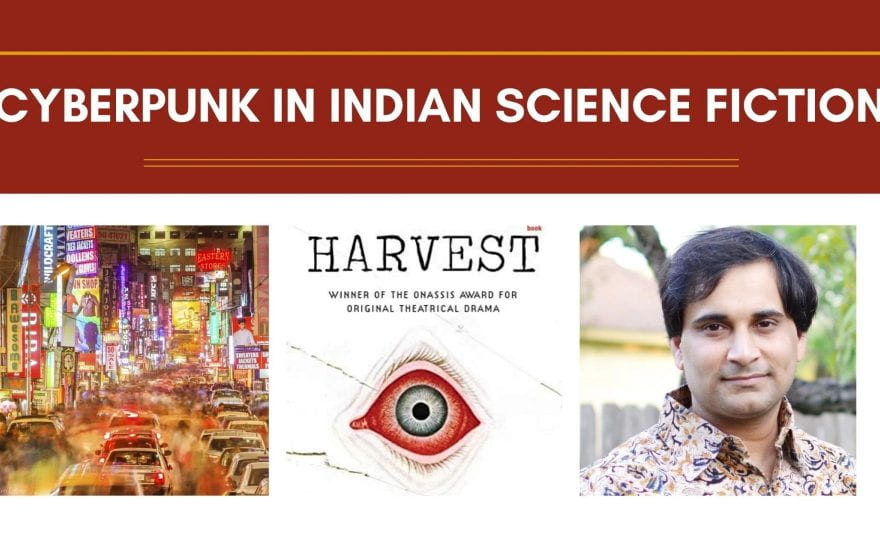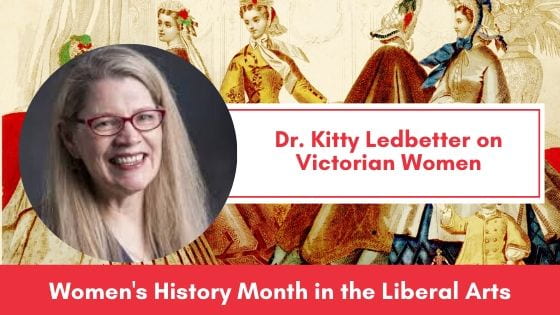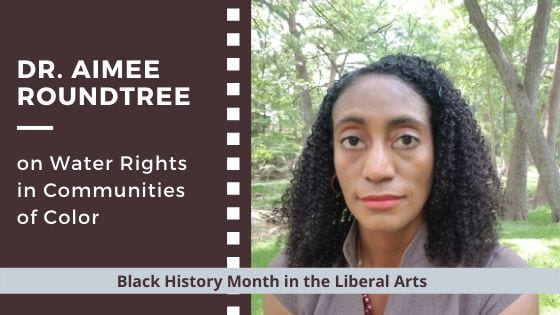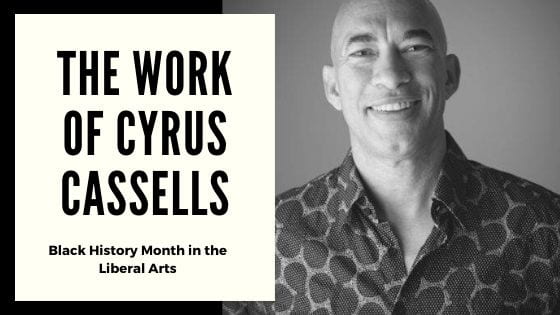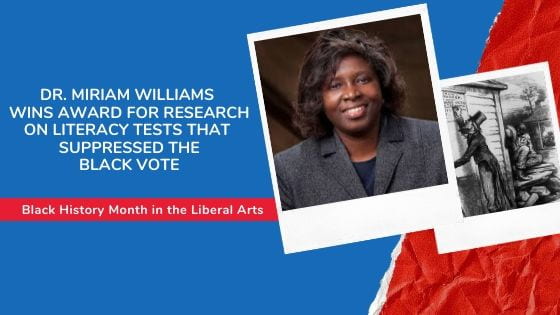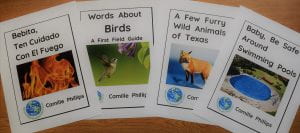Dante Alighieri, better known as Dante, was an Italian poet, writer, and philosopher from the 14th century. One of his most notable pieces of work is called The Divine Comedy or the Commedia. The Commedia is a narrative poem split
Read More English Graduate Students Create Online Commentary on The Divine Comedy
